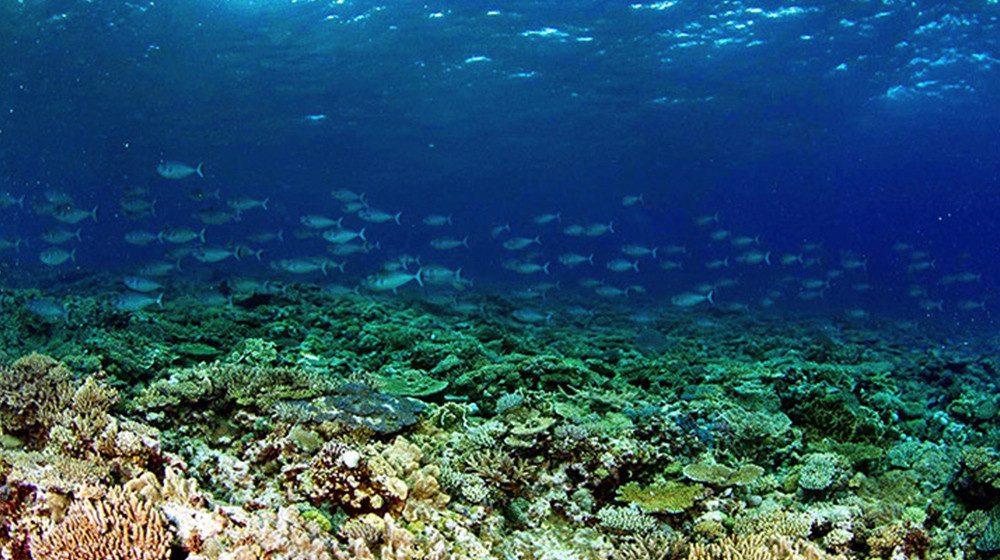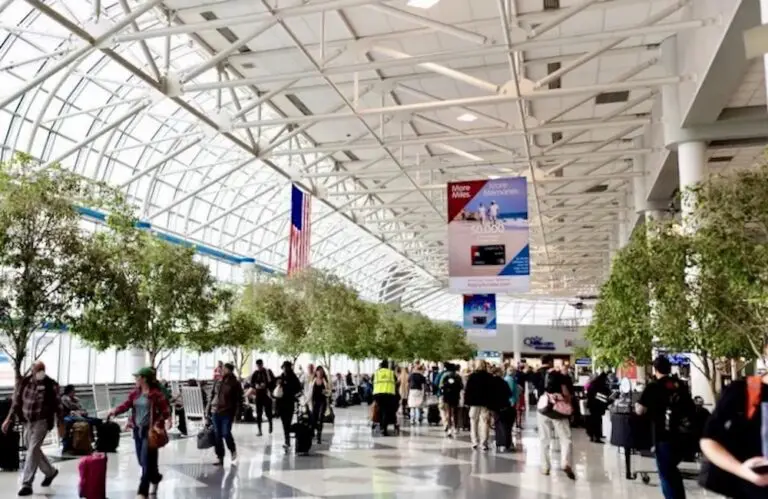Although a large portion of the Great Barrier Reef is experiencing a devastating coral decline, one part is bucking the trend with remarkable growth & strong ecosystem clarification.
That part of the Great Barrier Reef is the southernmost One Tree Island.
Research conducted by Southern Cross University found that the clarification of coral surrounding the island near Gladstone had increased by 400 percent between 2014 and 2017.

Doctoral Researcher Kay Davis described the finding as “completely unexpected” because the area had severely suffered during a cyclone in 2009 and showed no sign of metabolic recovery for years after.
Even in 2014, when the research crew returned, One Tree Island’s coral clarification had declined by 75 percent compared to pre-cyclone years, leading the team to give up hope of its recovery.
However, another three years later – 2017 – and the scientists found that the ecosystem had “completely recovered” from the cyclone and was looking healthier than it did in the 1970s.
“Not only did our water chemistry results show that calcification was recovering, but there was a visible increase in the amount of coral as well, with coral cover increasing to 30-40 per cent.”
Kay Davis, Southern Cross University Doctoral Researcher
INCREDIBLE!

Davis believes the area was able to recover, despite cyclone damage and ocean acidification, due to its location within a ‘scientific permit zone’ where tourists and boats are prohibited from entering.
Meanwhile, coral around other islands hasn’t been so fortunate, particularly near Lizard Island where there’s a “total ecosystem collapse”.
“Algae is taking over that ecosystem by our chemical measurements,” she explained. “It is becoming an algal dominated area, instead of coral dominated.”
“We looked at rates of calcification, coral growth, organic production and algae growth. The coral calcification rate had decreased by 45 per cent compared to a 2009 study when the ecosystem was healthy before the bleaching events of 2015 and 2016.”
- READ: $444m is being put towards saving the GBR
- READ: GBR recovery takes an unexpected turn
- READ: Australia facing GBR tourism challenge






